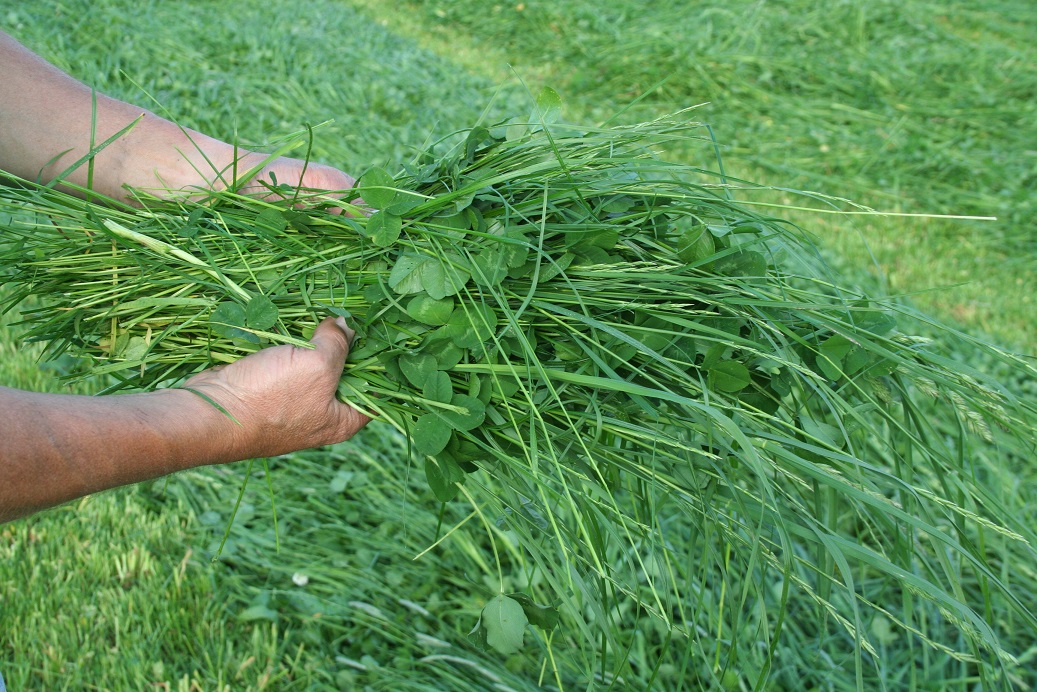Feed preservation
Green fodder preservation consists of protecting the nutrients quantitatively and qualitatively over a longer period of time by inactivating microbial and feed-specific enzymes from decomposition processes, ie autolysis, oxidation, hydrolysis and microbial degradation, minimizing enrichment with undesirable substances or metabolites and destruction of the nutrient structure only to an unavoidable or desirable extent. Research activities deal with the preservation of various feed substrates for fermented feed (grass and corn silage, fermented hay) and hay. In the area of fermented feed, additives (silage aids) are tested for their effectiveness to improve the fermentation process or to ensure aerobic stability. In addition, we deal with aspects of preservation technology from forage harvesting, ensiling, hay ventilation and storage to fodder removal as well as losses in the process chain.
feed quality
For the utilization of feed plants by various farm animals, their material composition and microbiological status (feed hygiene) are important in order to meet the animals' needs. The exact analysis of feed using different methods is evaluated here as well as the effects of environmental and management factors on individual quality parameters. In addition to the classic tests (Weender nutrient analysis, structural substances, quantitative and trace elements), the HBLFA Raumberg-Gumpenstein uses special methods to determine quality (in vitro digestibility, protein fractionation according to CNCPS, etc.). Organoleptic feed evaluation methods such as sensory evaluation of basic feed are being further developed for practical operations.
Poisonous plants
When feeding livestock, rations that contain plants with toxic substances pose a threat to animal health. In this area, on the one hand, the identification of native and neophytic poisonous plants and their occurrence in fodder areas is important. On the other hand, the reproduction and spread of these species (climate change, type of management, etc.) as well as the development of effective reduction measures are important.
Poisonous plants are mainly distributed in extensively used grassland areas. They occur here particularly in locations that are humid, humid or wet. By far the most dangerous poisonous plant in Austrian grassland is the autumn crocus. Also worth mentioning are sharp buttercup and swamp horsetail as well as monkshood and white germinator on alpine pastures. The transition from poisonous to healing effects and vice versa is fluid with poisonous and medicinal plants. Therefore, the term poisonous is always to be seen relatively. If animals can freely select their food, for example in a pasture, cases of poisoning rarely occur because poisonous plants are generally avoided. Cases of poisoning are most likely to occur at the start of grazing, during pasture grazing and when there is a lack of feed. In general, young animals are more at risk than older animals. The toxic effect depends primarily on the type of plant and the amount of plant consumed. The weight of the animals and general health are also important.
This might also interest you









